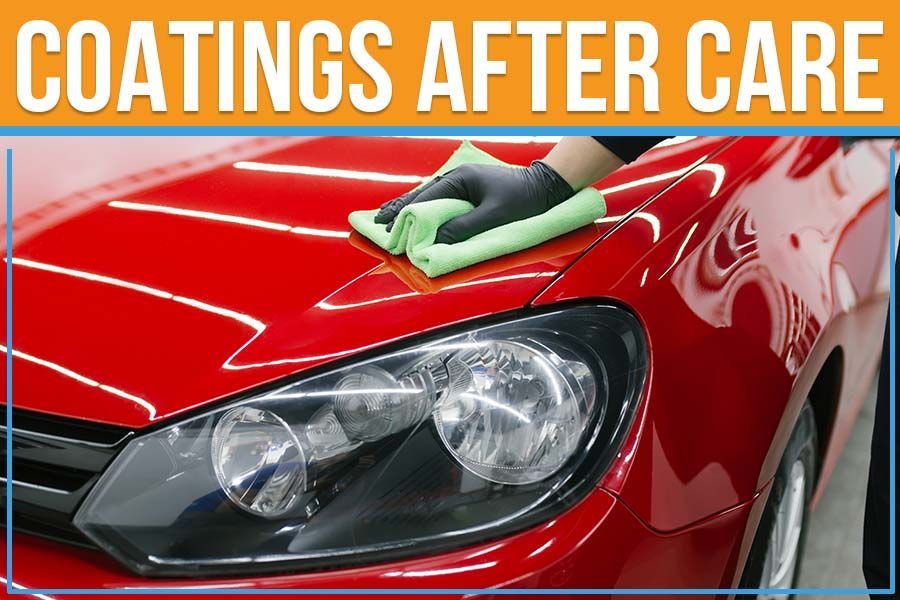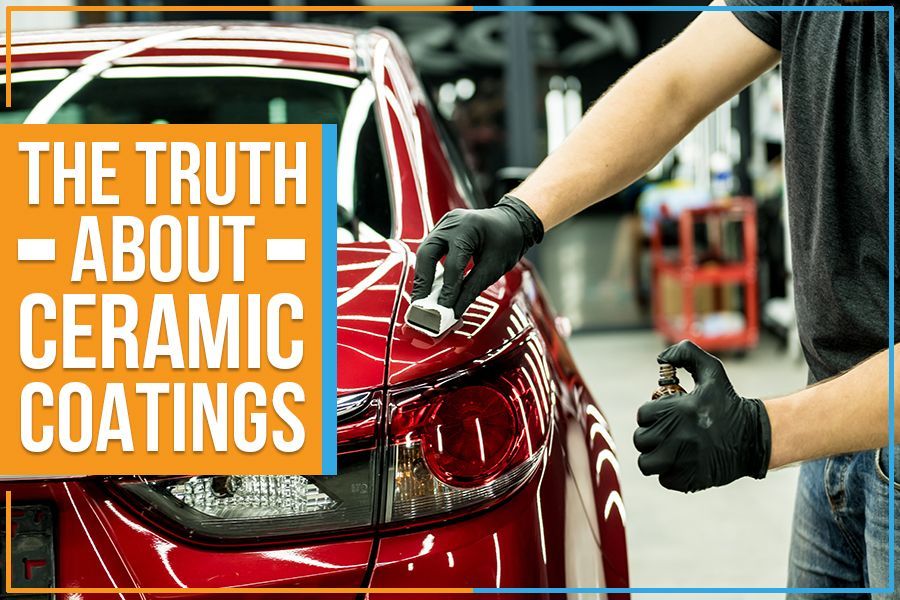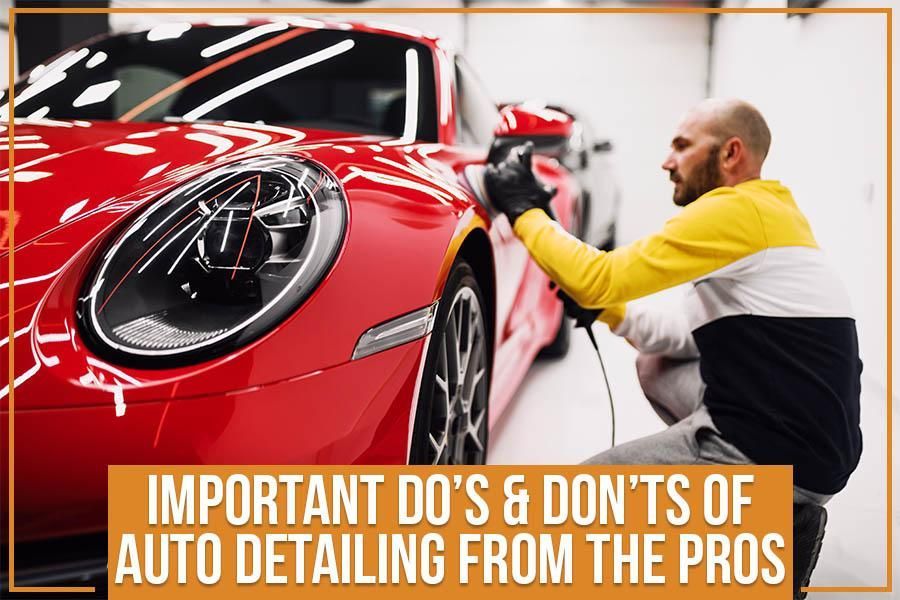Prepping Your Car For A Ceramic Coat: A Step-By-Step Guide

As a car owner, you may be willing to do everything possible to keep your car in top-notch condition for years to come. One of the things that may have snapped your mind is getting a ceramic coating to maintain the car’s paint and protect it from damage resulting from sunlight exposure, dirt, debris, and other natural elements.
While it’s no secret that a ceramic coating does an amazing job of protecting the paint and maintaining its sheen, it is essential to get it done the right way for optimal results. For this reason, many car owners prefer reaching out to professional car detailing and coating services. But then there are “Do-it-Yourself” enthusiasts who don’t like the idea of someone else taking care of their machine. Although nothing’s wrong with taking care of your vehicle yourself, it’s vital to follow the best practices for anything you are trying on your vehicle.
If you are planning to install a ceramic coating on your car, here the best practices to follow as prep work:
Car Wash
For a paint coating, be it graphene coating or ceramic, to perfectly bond with a surface, the surface needs to be clean and free of dirt and debris. Professional car detailing and coating services follow a four-step process that not only cleans the surface but also removes blemishes and irregularities from it. So, before you begin coating your car, make sure to thoroughly wash it using water and suitable soap or a dedicated cleaning solution. Avoid going to a car washing center that uses automated car washing machines with gigantic, hard brushes, as they can damage the car’s factory paint. The best way to clean your car’s exterior is to gently hand wash it or visit a car detailing center that follows similar procedures to protect the paint.
Surface decontamination of iron particles
After washing your car, the next step is to remove iron deposits, or what’s popularly referred to as industrial fallout, which results from metal burning when brake pads are applied against the rotor. These iron particles land on your vehicle and settle down on the hard clear coat and porous surfaces. To eliminate them from the surface, you can use a good iron remover spray, which is easy to use. Just wet the car’s surface, spray the remover, let it settle for a few minutes, and rinse off.
Paint correction
This step is often considered the most challenging part of ceramic coatings , as it can make or break the aesthetics of your car. It’s important to polish the factory coat to remove swirl marks and other imperfections, or else the new coating may not bond well with the surface. But if you go too hard, you may end up damaging the clear coat, which is the last you would want on this planet. You can get professional help from a car detailer at this step, but if you want to do it yourself, here is what you need to do:
- Use a premium cutting compound with a DA polisher with a 5 or 6-inch pad to remove paint marring, swirl marks, and other imperfections.
- Next, use a quality finishing compound with a foam finishing pad to smoothen the surface for the final step.
Panel wipe
The final step in preparing your car for a ceramic coat or graphene coating is using a degreasing agent to get rid of the wax, oil, and other residue left from the claying and polishing process. You can get a degreasing spray from any car paint shop and spray it on a microfiber cloth to wipe the car’s surface. Then, wipe the surface again with a clean microfiber cloth. And you are done.
If you want to install a ceramic or graphene coating on your car to keep it looking new for years, visit our shop in Salisbury or contact us here.







Share On: